8 ways to Boost Your Immune System and Mood with Leafy Greens
Did you know that eating leafy greens almost every day may be one of the most powerful steps you can take for your mental and physical health? They give you optimal amounts of immune-protective micronutrients
- vitamins
- minerals
- phytochemicals
- fiber
Cruciferous Vegetables are in the same high-nutrient leafy greens category. Named for their flowers with four equally spaced petals in the shape of a cross, cruciferous vegetables include:
- Boh choy
- Broccoli
- Brussels sprouts
- Cabbage
- Cauliflower
- Collards
- Kale
- Kohlrabi
- Mustard greens
- Turnip greens
- Watercress
Our bodies are programmed to fight off infection and cancer. Green and cruciferous vegetables help our immune system to protect us from disease. Over 120 of phytochemicals (natural plant chemicals) have been identified that have strong immune-boosting effects:
- anti-inflammatory and antioxidant
- detoxify and remove carcinogenic compounds
- heighten the immune system’s resistance to viral infraction
- work together to enhance defenses against bacterial infection
- give each cell its own protective shield so destructive toxins cannot do damage
What to Do?
- Blend greens into breakfast smoothies (spinach, mint, basil, kale…)
- Add them to breakfast tacos, omelets, egg casseroles
- Use variety to keep salads tempting: leaf salads using spinach, arugula, kale and different lettuces
- Add grated cruciferous to leafy salads or grains
- Put to soups, chilies, stews
- Mix in cruciferous vegetables with sweet potato, any potato, any roasted other root vegetables
- Drizzle with extra-virgin olive oil and crushed garlic to toss with grains or whole-wheat pasta
- Make pesto to spread on fish, chicken, use as a sandwich spread, toss with grains and pasta, add to salads
- Make Coleslaws– Go beyond cabbage, use any cruciferous, add any thinly sliced, or grated vegetable – carrot and beets to from fennel and jicama and more. Skip the mayo and use a tangy vinegar-based dressing
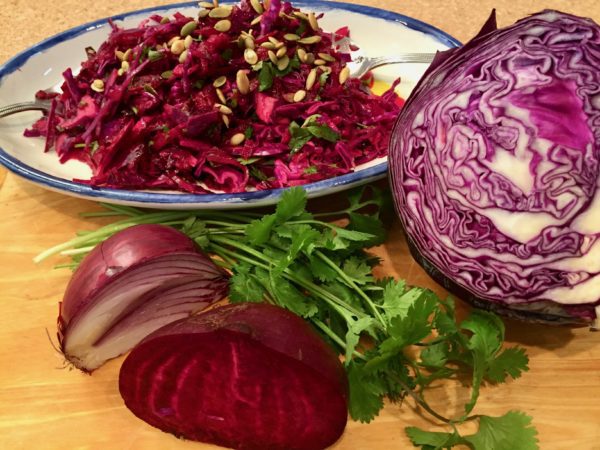
Call to Action: Try a leafy green each week you have not eaten before. Which one will do you choose this week?
- Arugula
- Beet greens (cut thin like for coleslaw, add to salads or stir-fry)
- Collard greens (use as a wrap instead or tortilla or as with beet greens)
- Escarole (in place of lettuce or sauté with veggies or beans)
- Kale (try it in a pesto) over fish, chicken, sandwich spread
- Mustard greens
- Radicchio
- Sorrel
- Swiss chard
- Turnip greens
- Let us have lettuce! 18 different kinds 😊
Updated from original post published November 2016


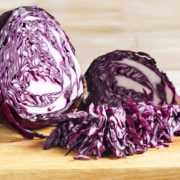
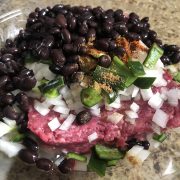



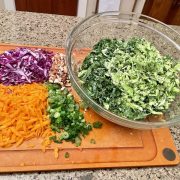
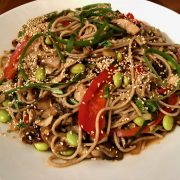



Leave a Reply
Want to join the discussion?Feel free to contribute!